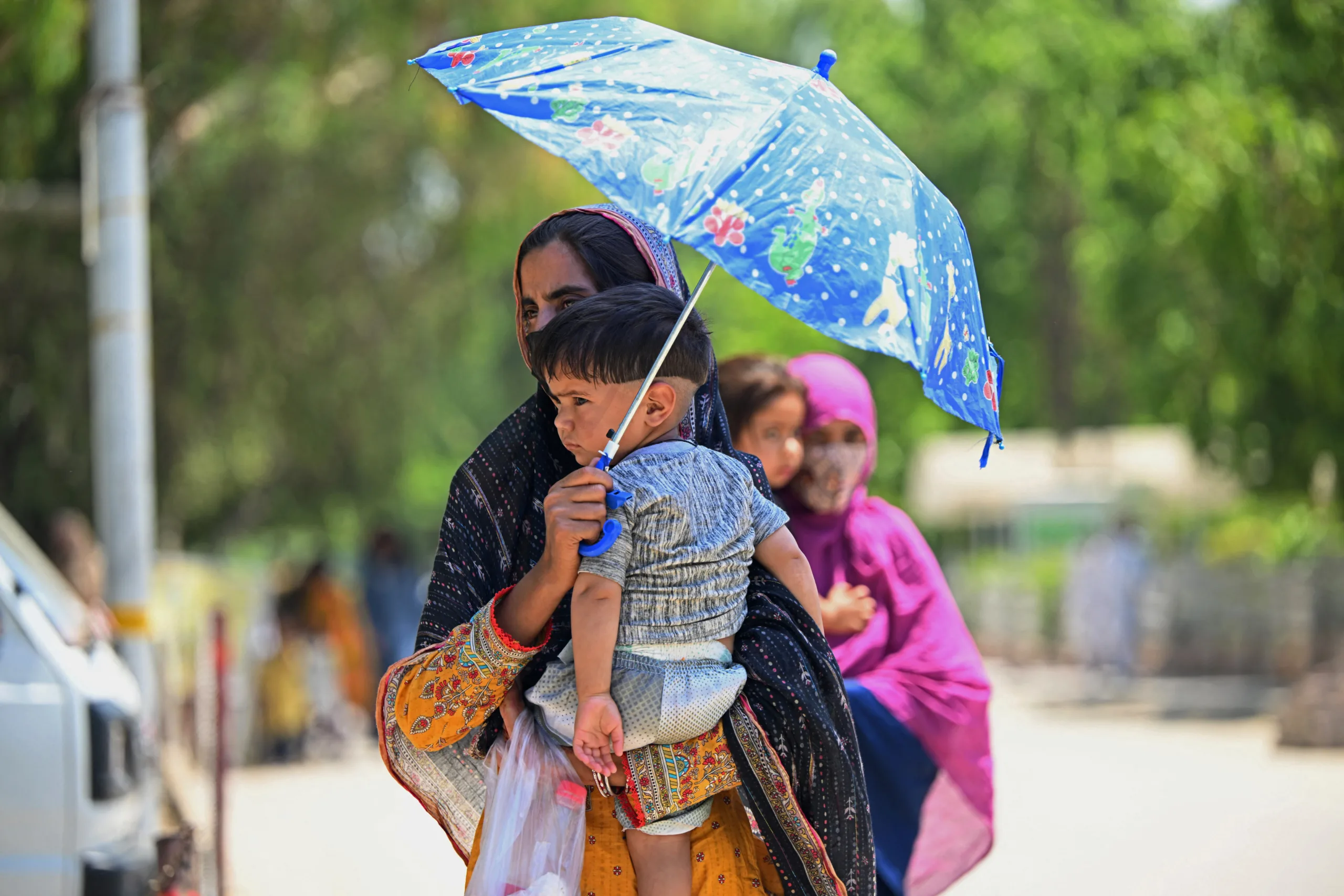
New Delhi:
On Tuesday, a significant portion of northern and central India saw intense heatwave conditions, with temperatures reaching 50 degrees Celsius in Churu, Rajasthan, and Sirsa, Haryana, and nine degrees above average in Delhi.
The highest temperature ever recorded in Delhi was 49 degrees Celsius, according to at least three meteorological stations. As to the India Meteorological Department (IMD), Mungeshpur and Narela in Delhi recorded 49.9 degrees Celsius, while Najafgarh recorded 49.8 degrees.
This season’s highest recorded maximum temperature in the capital was reached at this time. Only the last three years’ worth of data are available from the Mungeshpur and Narela weather stations, which were established in 2022.
Also Read:http://at-the-vivekananda-rock-memorial-in-tamil-nadu-pm-modi-will-meditate-for-48-hours
According to the IMD, there may be a break in the hot conditions after May 30.
According to the report, a new western disturbance was predicted for portions of northwest India on Thursday, and it might deliver sporadic rainfall to the area the following weekend.
The lack of western disturbances in the later part of May is what is responsible for the scorching conditions over northwest and central India, according to IMD Director General Mrutyunjay Mohapatra.
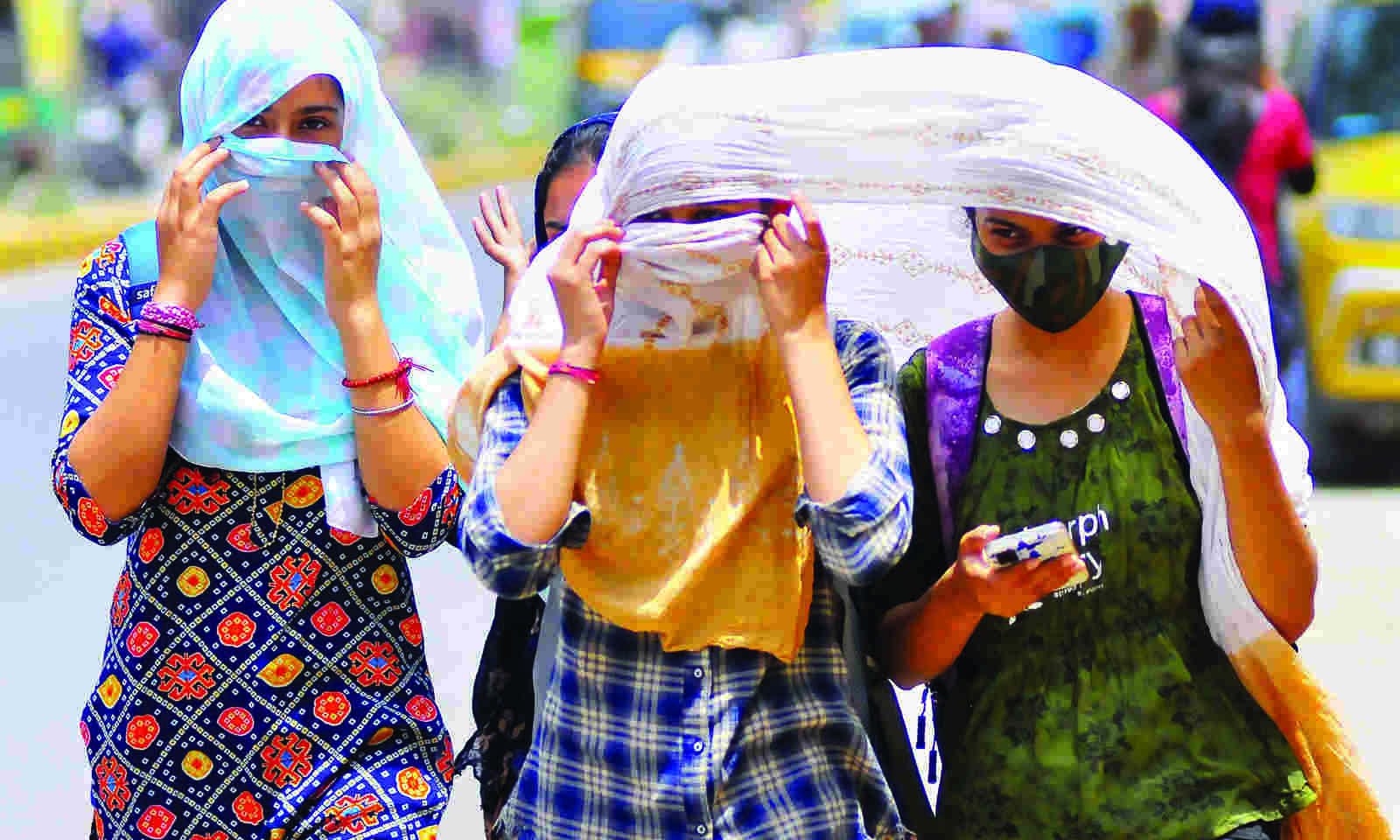
Extra-tropical weather systems that originate over the Mediterranean Sea and migrate eastward are known as western disturbances.
Agra-Taj (48.6 degrees Celsius), Dehri in Bihar (47 degrees Celsius), Hamirpur in Uttar Pradesh (48.2 degrees Celsius), Jhansi in Uttar Pradesh (49 degrees Celsius), Narnaul in Haryana (48.5 degrees Celsius), Ayanagar-Delhi (47.6 degrees Celsius), New Delhi-Ridge (47.5 degrees Celsius), Rewa in Madhya Pradesh (48.2 degrees Celsius), Rohtak in Haryana (48.1 degrees Celsius), and Varanasi in Uttar Pradesh (47.2 degrees Celsius) were among the ten weather stations that recorded the highest-ever maximum temperature.
Due to a moist breeze incursion from the Arabian Sea on Tuesday, the south Rajasthan districts of Barmer, Jodhpur, Udaipur, Sirohi, and Jalore saw a four-degree reduction in temperature, providing much-needed relief and signaling the beginning of the abatement of heatwave conditions over northwest India.
This trend of lowering temperatures was predicted by numerical weather prediction models to continue northward, providing a gradual break from hot conditions starting on May 30.
Additionally, the IMD stated that starting on Wednesday, moist winds from the Bay of Bengal are expected to gradually lower the maximum temperatures over Uttar Pradesh starting on May 30.
“Today, heatwave to severe heatwave conditions prevailed over most parts of Rajasthan, Haryana-Chandigarh-Delhi, in many parts of Uttar Pradesh, Madhya Pradesh and in isolated pockets of Bihar and Himachal Pradesh,” stated the statement.
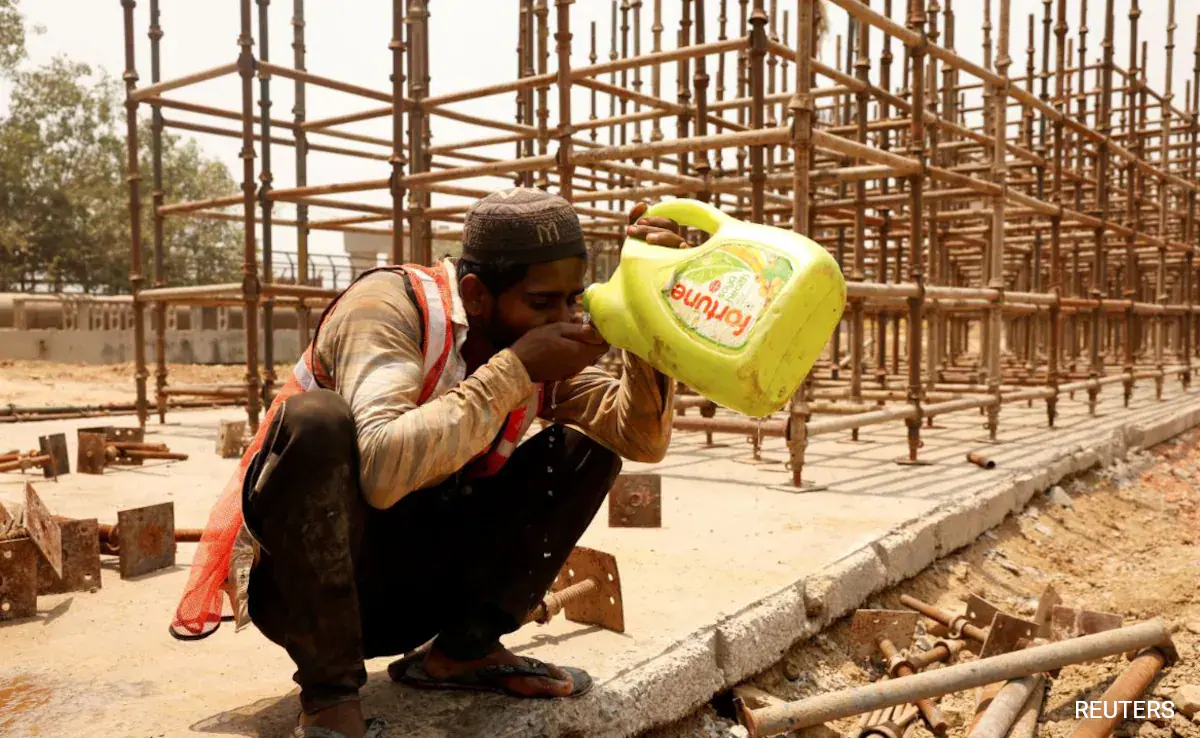
According to the report, there were also heatwave conditions in numerous areas of Vidarbha, some areas of Jammu & Kashmir, and a few isolated areas of Uttarakhand and Chhattisgarh.
As of right now, Churu in Rajasthan had the highest recorded temperature in the nation (50.5 degrees Celsius). Sirsa-AWS in Haryana came in second with 50.3 degrees, Mungeshpur and Narela with 49.9 degrees, Najafgarh with 49.8 degrees, Sirsa with 49.5 degrees, Ganganagar with 49.4 degrees, Pilani and Phalodi in Rajasthan, and Jhansi with 49 degrees Celsius.
Over the following three days, the meteorological office said that warm nighttime conditions in scattered pockets will likely prevail over Uttar Pradesh, east Madhya Pradesh, Punjab, Haryana, Chandigarh, and Delhi.
The Haryana government decided to move all state-run and private schools’ summer vacations to Tuesday due to the intense heat.
There are power grid outages and water shortages in some areas of the nation as a result of the devastating heatwave.
Water shortages in many states were made worse last week, and hydropower production was greatly impacted, according to the Central Water Commission. Water storage in 150 main reservoirs in India fell to just 24% of its live storage.
The water supply in the drought-prone Marathwada region’s Jayakwadi dam, according to the Maharashtra irrigation department, was only 5.19 percent of its capacity on Monday. This was after the heat caused 1.15 MCM (million cubic meters) of evaporation to occur in a single day. ALSO READ:-https://livendtv.com/delhi-water-crisis-2024/
India’s power demand has reached a record high of 239.96 gigawatts this season due to the extreme heat, while air conditioners and coolers in homes and businesses are operating at maximum capacity.
Analysts predict that electricity consumption may increase even more and eclipse the record high of 243.27 GW set in September 2023.
You can only listen to the newest music on JioSaavn.com.
For three years in a row, severe heatwaves have affected a lot of people in several parts of India.

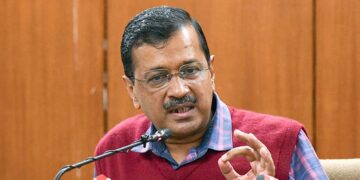
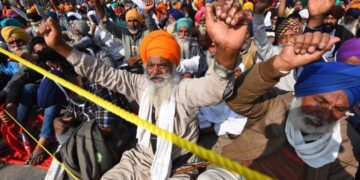
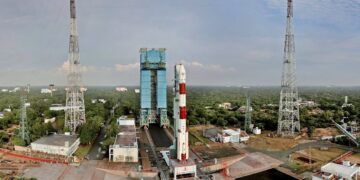



































Thanks for sharing. I read many of your blog posts, cool, your blog is very good.